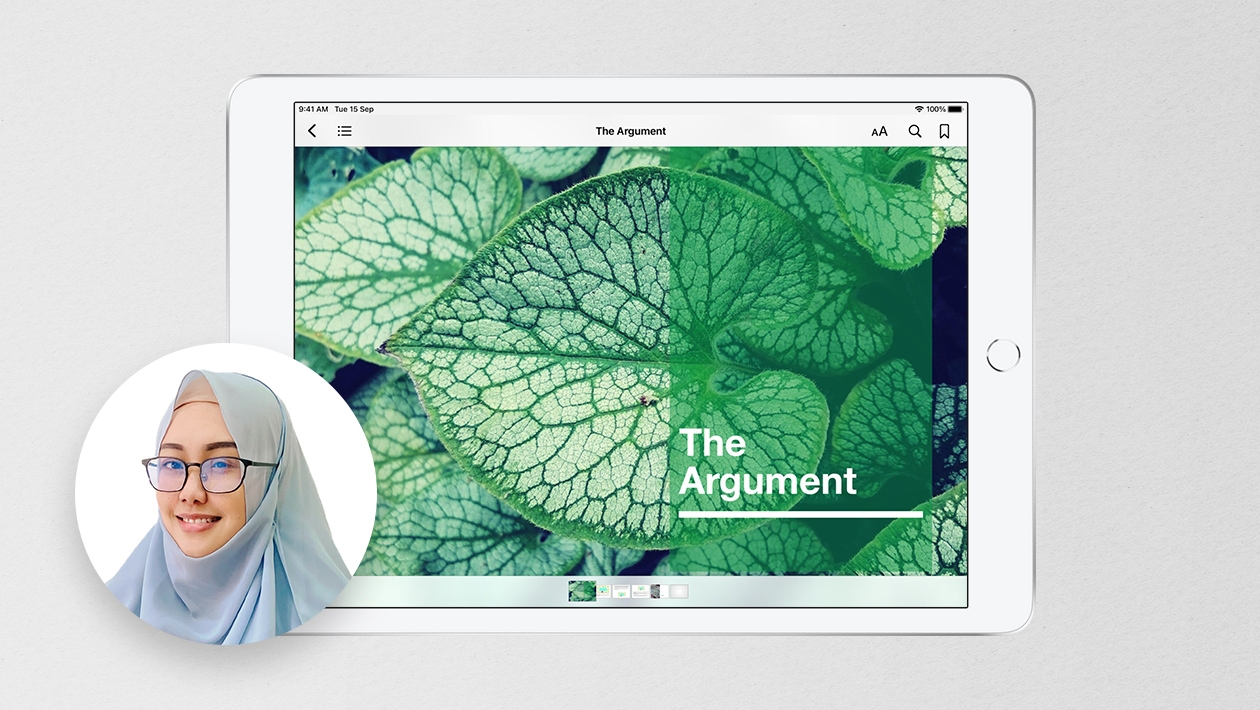I wanted a fun and engaging way for students to conduct and present their research on wild turkeys. Keynote offered the perfect opportunity to take the traditional diorama project from my childhood and give it a modern, tech-based twist. Plus, it’s much easier to create, share, and transport!
Lesson 1:
- Begin by explaining to students that they will be researching wild turkeys this week. Let them know that the information they gather will be used to create a talking Keynote presentation next week.
- Introduce or review how to access and use the Britannica and PebbleGo Next databases to find reliable information about wild turkeys.
- Model how to complete the research notes sheet, emphasizing the importance of taking brief, meaningful notes rather than writing in full sentences.
- Distribute the research worksheets and guide students as they begin collecting facts.
- At the end of class, collect all worksheets to use in next week’s Talking Keynote Presentation activity.
Lesson 2:
- Begin by reviewing with students that they are continuing their Wild Turkey Research project. Go over the expected answers and information that should have been collected on their research worksheet.
- Revisit the Databases: Review how to navigate Britannica and PebbleGo Next, reminding students how to locate reliable and age-appropriate information. Emphasize cross-checking facts and identifying key details to include in their presentations.
- Introduce the Keynote Project: Display an example Talking Keynote presentation. Model how to:
- -Use the Shapes button to design a background or scene that represents a wild turkey’s habitat.
- -Use the Media button to insert their recorded voice sharing 3–5 turkey facts from their research.
- -Add text boxes or labels for names and captions, as needed.
- Allow students to begin creating their slides. Circulate to provide support with recording, layout design, and editing.
- Save progress and remind students that next week they will finish their presentations and share them with the class.
Lesson 3:
Presentations!










Attach up to 5 files which will be available for other members to download.